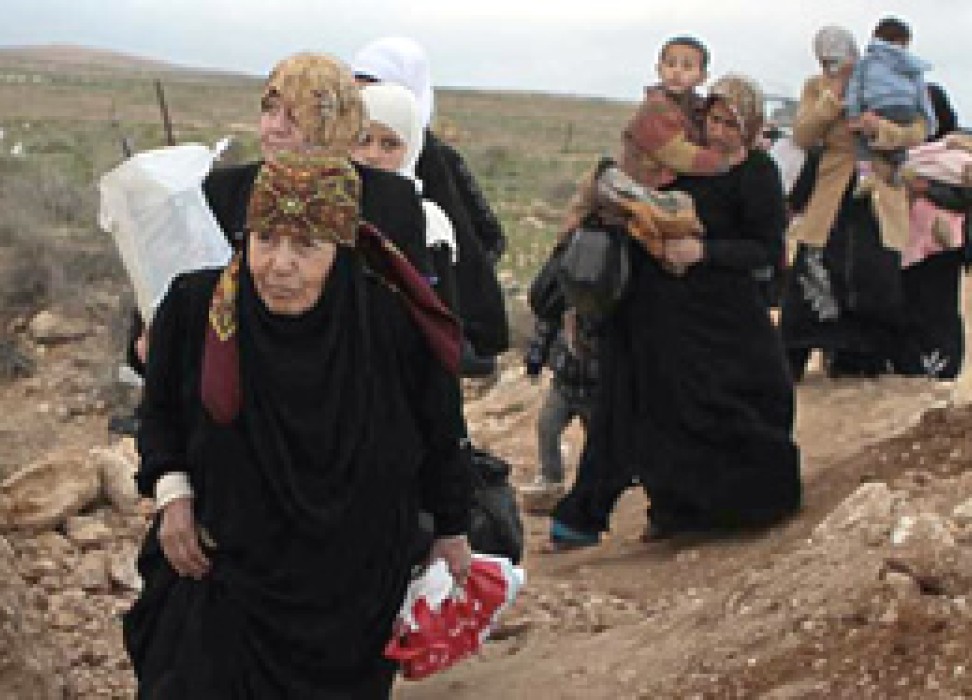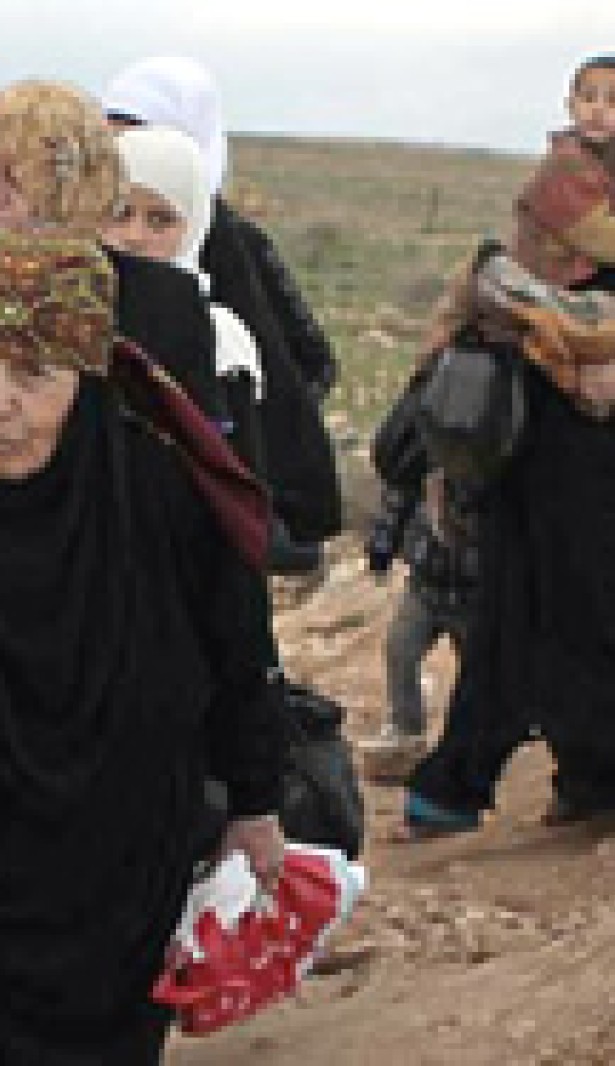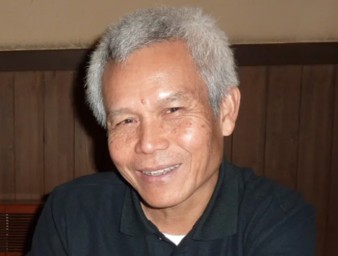Healing torture survivors: A call for action on the International Day in support of victims of torture
25 June 2013

“I was savagely beaten and repeatedly raped,” says Sabeen, a Syrian 24-year-old refugee and torture survivor. “I had my hands and feet bound and was held captive for three weeks.”
Sabeen is tall and shy. She recounts the events of March 2012 when, along with her cousin and brother, she was kidnapped by armed men and taken to a home in a nearby community. “During the captivity I was forced to watch as my cousin and brother were beaten and then murdered.”
With her remaining family members, Sabeen managed to flee to Amman, Jordan. The effects of the torture started to show: she suffered from headaches, chronic pain, depression, anxiety and nightmares.
She was referred to the Center for Victims of Torture (CVT) by her mother, who had attended a community awareness raising event in which CVT staff explained the effects of torture and how survivors could receive help.
CVT, a non-governmental organization that provides mental health, physical therapy and social services to victims of torture, was awarded at the end of 2012 a twelve-month emergency grant by the UN Voluntary Fund for Victims of Torture to provide direct assistance to Syrian refugee torture survivors in Jordan.
The Fund, which is entirely reliant on annual voluntary contributions received from Governments, the private sector, and individuals, disburses grants to a wide variety of organizations that provide psychological, medical, social, legal and economic assistance to victims of torture to rebuild their lives.
After beginning her rehabilitative care at CVT, Sabeen became more self-confident and reported fewer nightmares and headaches.
It is estimated that over the last 30 years, the Fund has provided financial assistance for over US$ 140 million to more than 600 organizations worldwide.
However, over the past three years, the annual voluntary contributions to the Fund have decreased by 30%, which corresponds to approximately 3.6 million US dollars. This dramatic decrease has impacted on the number and size of grants awarded to organizations that offer medical, psychological and social assistance, as well as legal aid and financial support to torture survivors and their family members.
This year, two recently-adopted documents reflect a renewed focus by the international community on a victim-oriented approach, namely a General Comment of the Convention against Torture and other Cruel, Inhuman or Degrading Treatment or Punishment and a resolution on torture by the Human Rights Council, adopted in March 2013. “We strongly hope that this renewed focus on victims’ redress and rehabilitation will translate in more resources being made available to respond to the plight of thousands of torture victims, like Sabeen”, says Mercedes Doretti, a forensic anthropologist chairing the Board of Trustees of the Fund on the occasion of the International Day in Support of Victims of Torture.
The General Comment explains and clarifies that Each State party to the Convention is required to “ensure in its legal system that the victim of an act of torture obtains redress and has an enforceable right to fair and adequate compensation, including the means for as full rehabilitation as possible.” It clarifies also that the “victim’s redress” encompasses the concepts of “effective remedy” and “reparation”, thus entailing restitution, compensation, rehabilitation, satisfaction and guarantees of non-repetition.
The Human Rights Council resolution, entitled “Rehabilitation of torture victims”, highlights the responsibility of States while it acknowledges the role played by rehabilitation centres administered by civil society organizations. It also encourages also States and other donors to contribute generously to the United Nations Voluntary Fund for Victims of Torture.
The UN Voluntary Fund for Victims of Torture, created in 1981, is one of the humanitarian Trust Funds of the United Nations. Its Secretariat is based in the UN Human Rights Office.
The International Day in Support of Victims of Torture is observed every year on 26 June.
2013 marks the 20th anniversary of the World Conference on Human Rights, which led to the adoption of the Vienna Declaration and Programme of Action and the establishment of a High Commissioner for Human Rights. Its creation gave a new impetus to the recognition of human rights principles which has seen fundamental progress in the promotion and protection of human rights. The United Nations Voluntary Fund for Victims of Torture — among the largest humanitarian trust funds of the United Nations — has assisted hundreds of thousands of victims of torture to rebuild their lives.
25 June 2013




